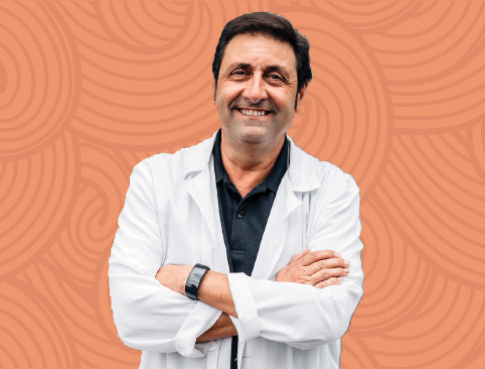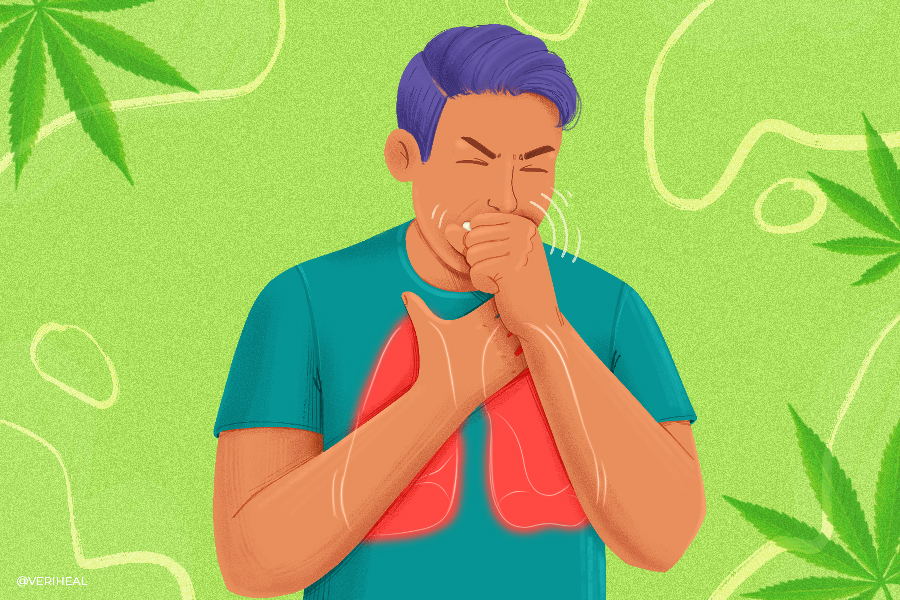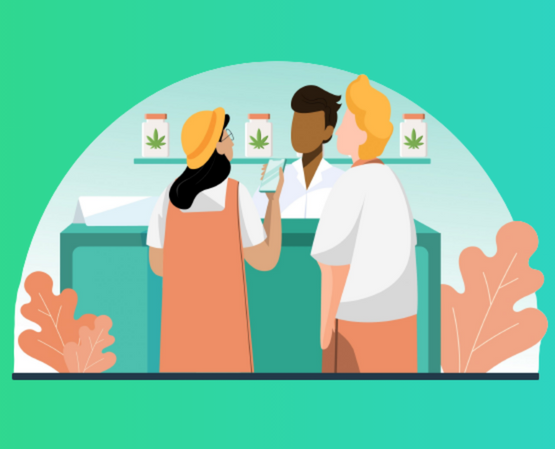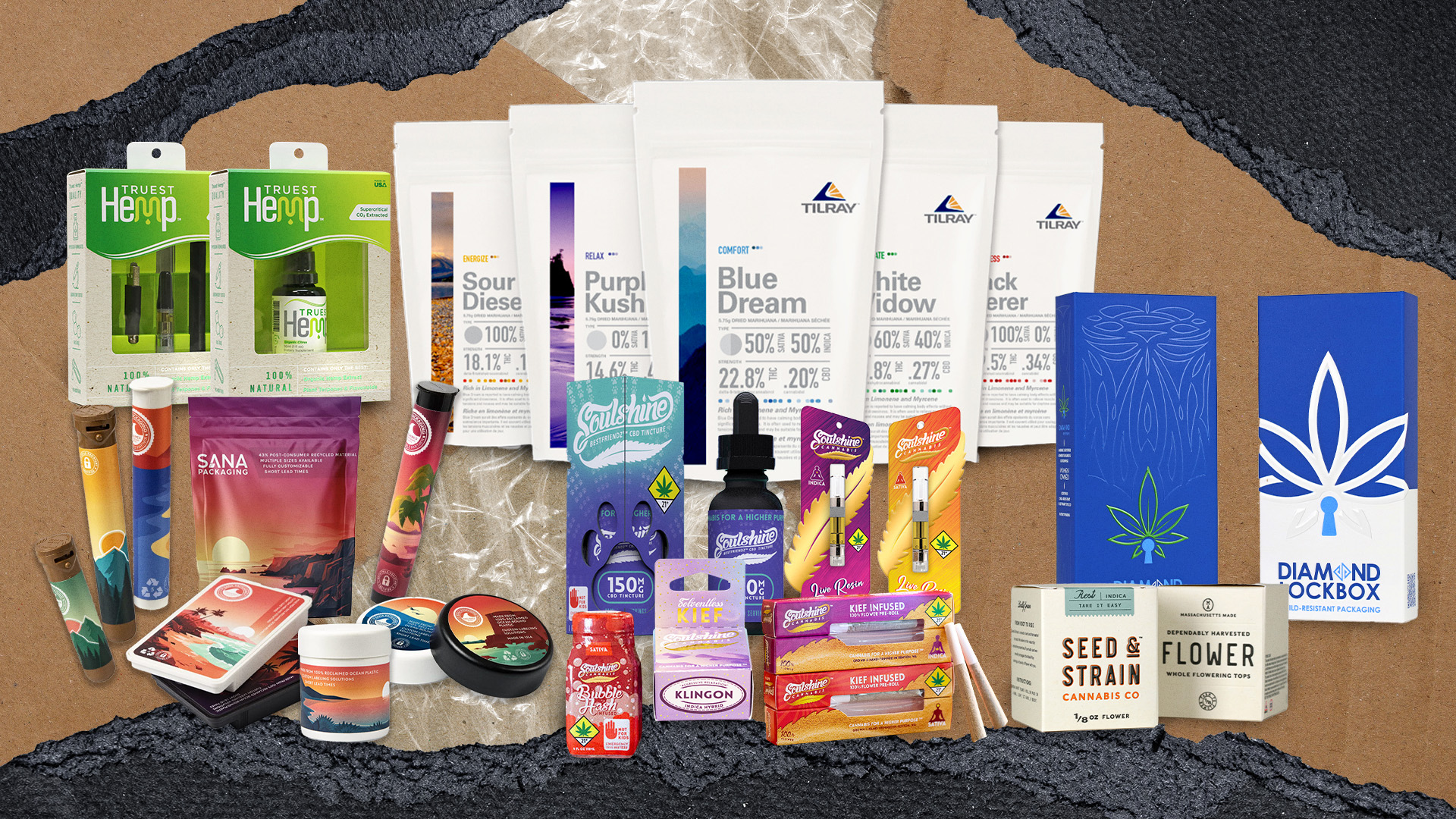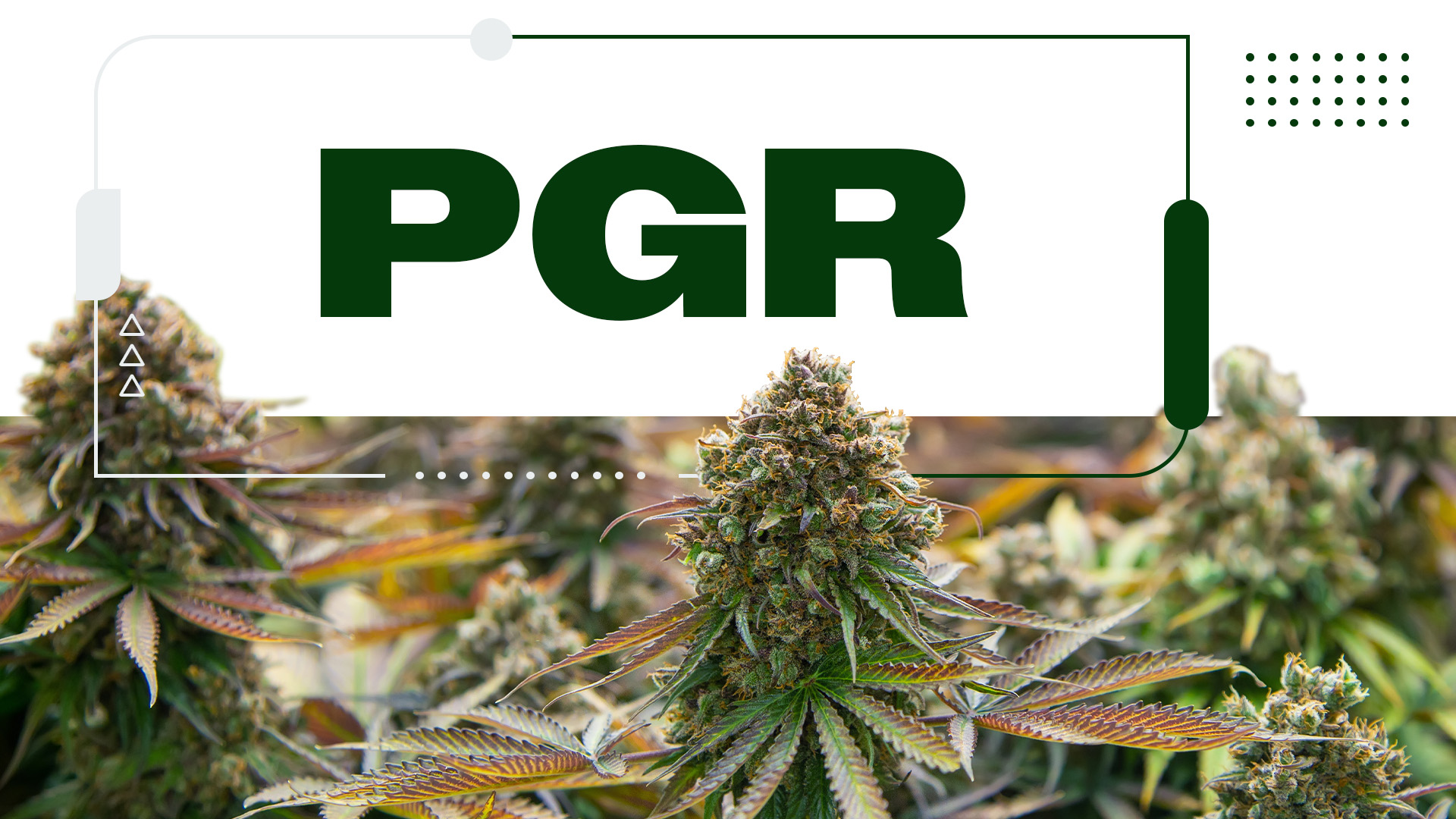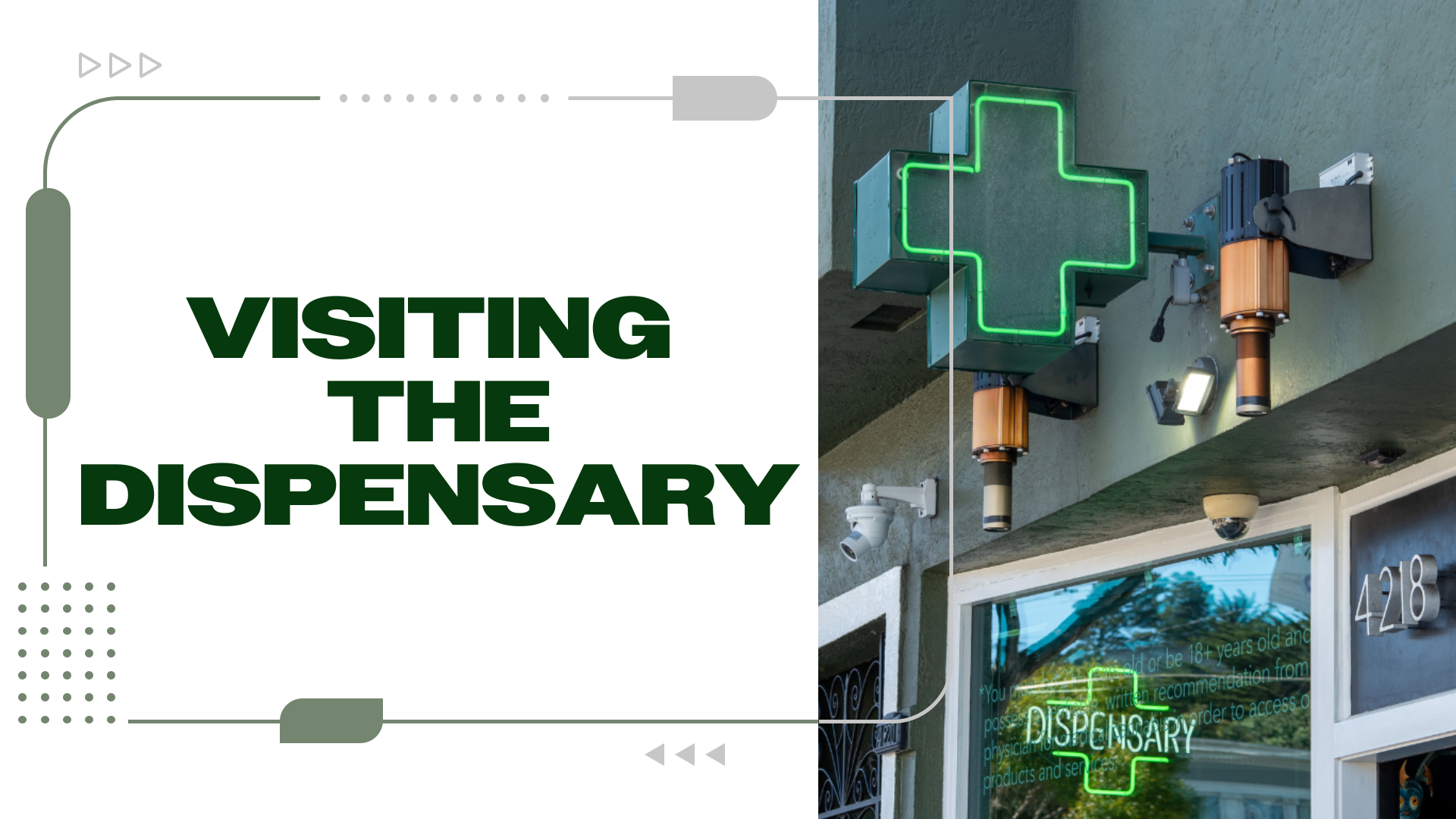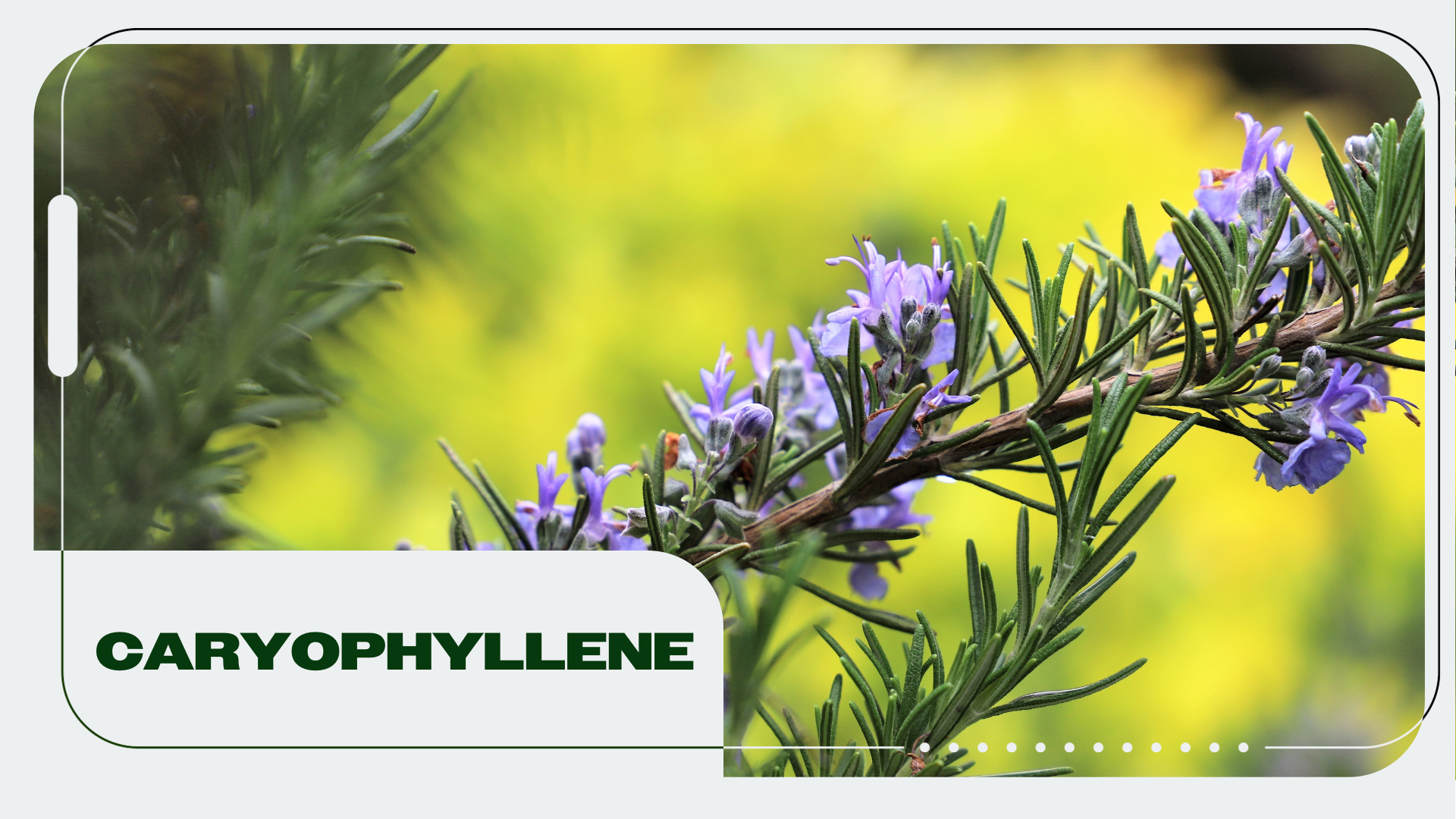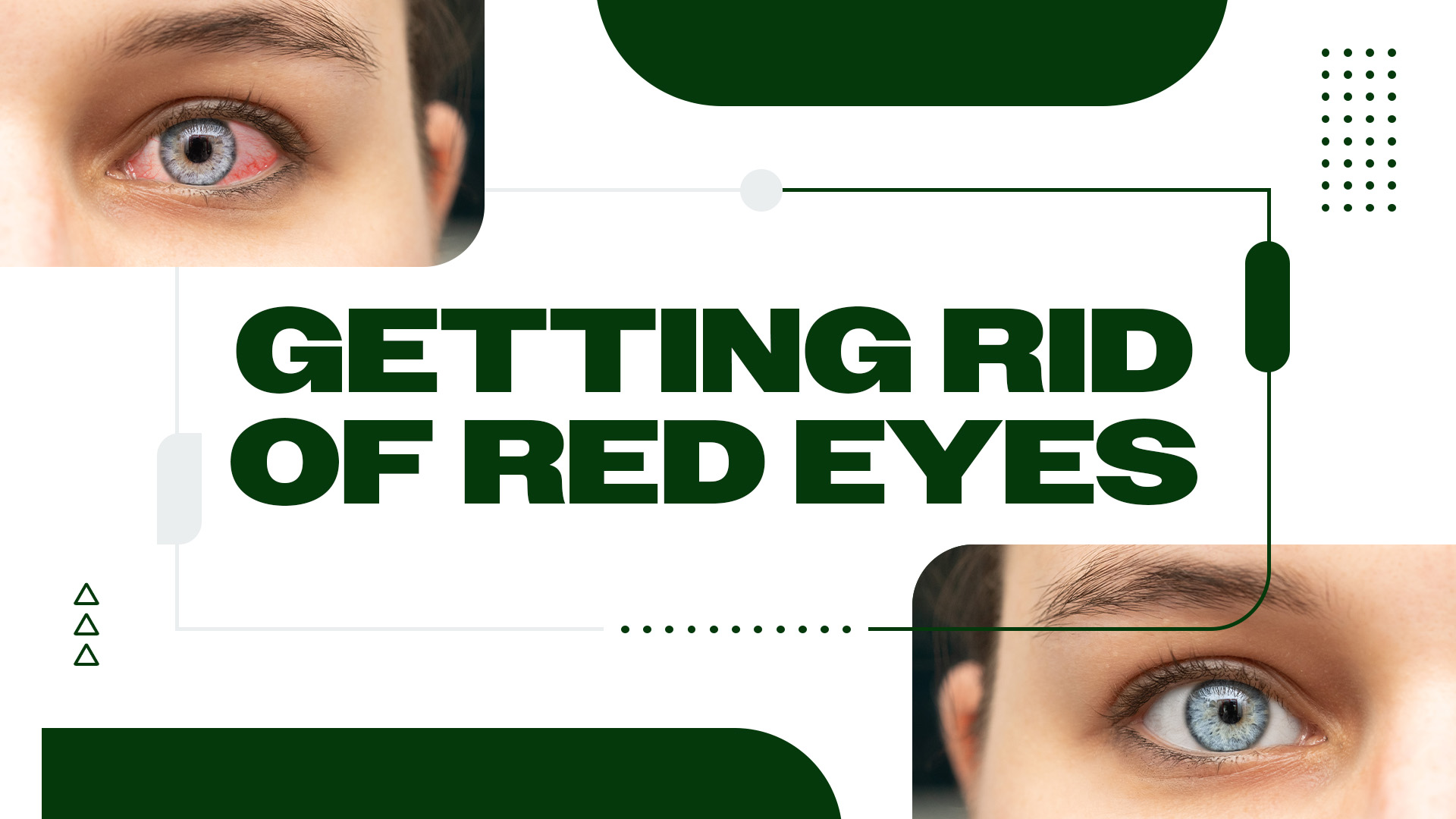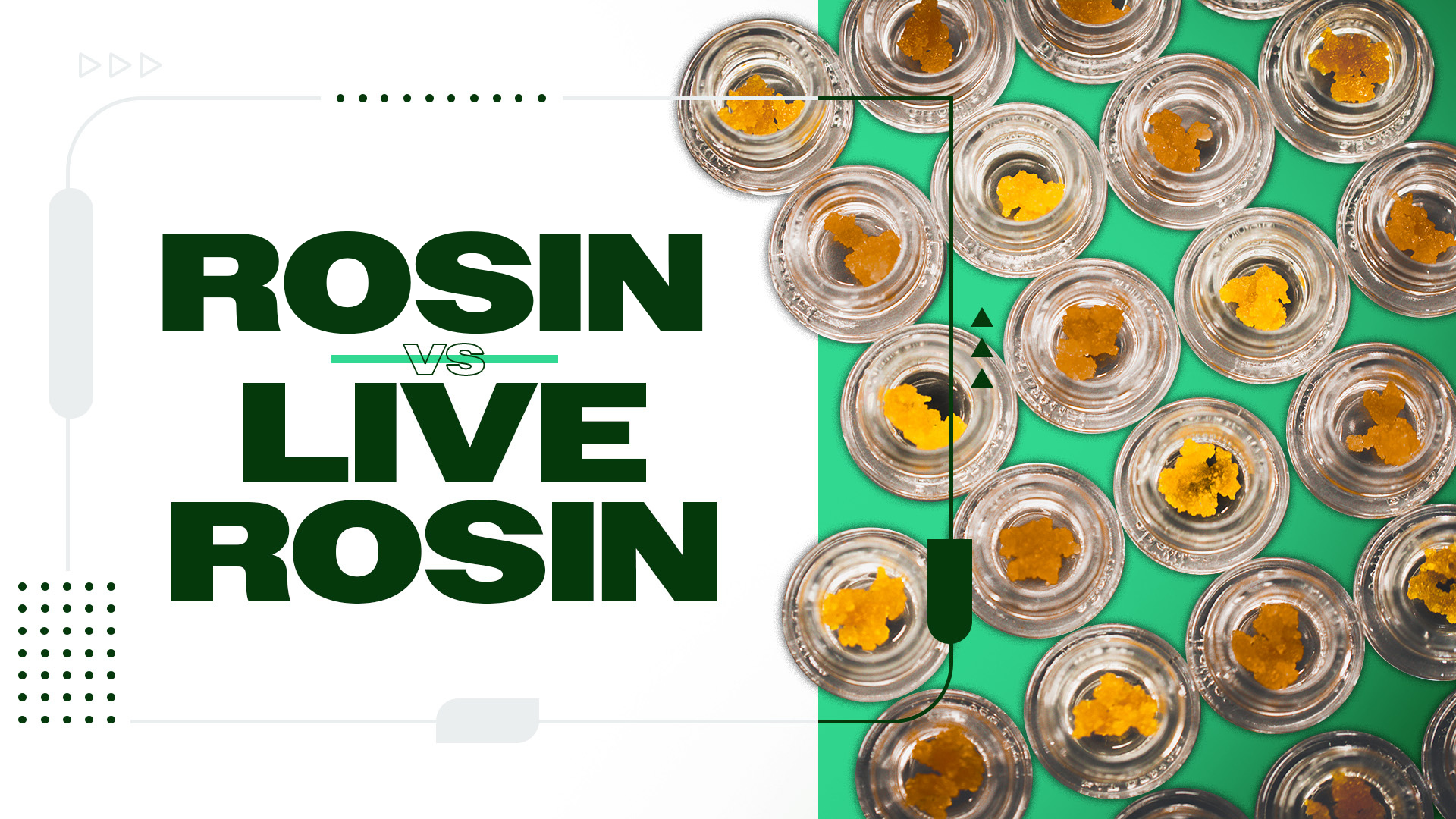While traditional cannabis packaging isn’t exactly “green,” it is often where “the green” is kept. In the cannabis world, single-use plastics have long been the norm. Though very convenient, these plastics pose a significant threat to our environment.
Thankfully, as awareness grows, a new wave of eco-friendly cannabis brands is emerging. In this article, we examine how cannabis decriminalization and legalization are creating new waste problems in the industry and what many pioneers are doing to solve them.
The Problem with Plastic in Cannabis Packaging
From containers to wrappers, single-use plastics are everywhere in the cannabis marketplace. This widespread use adds to our planet’s growing plastic waste problem since it typically takes centuries to break down, harming wildlife and polluting ecosystems. Our oceans, in particular, suffer from this plastic invasion, affecting marine life. On land, these plastics fill up landfills, taking up valuable space.
Commonly used plastics like Polyvinyl Chloride (PVC) and Polystyrene are particularly concerning. PVC, often found in plastic containers and wraps, can release harmful chemicals like dioxins during production and disposal. These toxins can cause serious health issues and environmental damage, as they are hard to recycle and pose untold risks to human health and wildlife.
What’s more, cannabis regulations often demand plastic packaging for child safety and product freshness. As a result, these rules make it more challenging for brands to choose greener alternatives. Thus, the industry faces a dilemma: ensuring product safety and compliance while also being mindful of environmental impacts.
Tilray Brands’ Sustainable Shift in Cannabis Packaging
Tilray Brands, a Canadian cannabis company, is changing how they package their products. As one of the largest producers in Canada, they’re moving to hemp-based materials and scaling back single-use plastics. Their decision could lead other companies to do the same. Tilray estimates that their hemp packaging will keep over 288,805 pounds of plastic out of landfills annually.
This comes as Canada examines the long-term environmental effects of legal cannabis. A 2023 government report showed concerns about cannabis packaging waste, and it found that not much of this plastic gets recycled. The report also focused on the difficulty of recycling vape items because of metals and batteries.
Adding to this is the fact that cannabis companies in Canada make more products than they sell. For example, in 2022, they made over 50 million cannabis extracts but sold less than 41 million. This means there’s a surplus of about 10 million products, adding to the packaging challenge. Tilray’s move towards hemp is a positive step in addressing these issues.
Sana Packaging: Pioneering Hemp-Based Solutions
Sana Packaging stands out in its mission to revolutionize cannabis packaging. This innovative brand uses hemp-based materials for its products. Hemp traditionally requires less water and pesticides.
Unlike plastic, hemp packaging is biodegradable, reducing landfill waste. Sana Packaging’s eco-friendly approach shows a commitment to our planet’s health and signals a positive change in the industry, balancing functionality and environmental care.
Why You Should Get Your Medical Marijuana Card
Veriheal has satisfied millions of patients nationwide by giving them access to these benefits
- Larger purchase limits
- Peace of mind
- Enhanced legal protection
- Access to higher potency strains
- Save up to 25% on cannabis purchases
- Skip the line at the dispensary
Caring for the Earth with Green for Green
Green For Green is pioneering a solution to a major environmental issue in the cannabis industry–the challenge of recycling specific types of cannabis packaging. As a leader in the sustainability movement, Green For Green developed the first cannabis packaging recycling network.
Their innovative program involves collaboration with cannabis industry leaders to develop an eco-friendly system, aiming to reduce the wasteful aspects of cannabis packaging. Green For Green’s philosophy is centered around the idea that engaging cannabis enthusiasts in their efforts can reshape societal views on cannabis culture. They emphasize the importance of forming recycling networks in local communities.
This approach is not just about recycling; it’s about fostering a global change that benefits both the environment and society, highlighting the value of community engagement in environmental conservation.
Soulshine Cannabis: Recycling Meets Responsible Ink
Soulshine Cannabis is dedicated to environmental protection. Its packaging is made of 100% recyclable cardboard, dramatically reducing waste and supporting a healthier planet.
In addition, they use eco-friendly vegetable-based ink, a rare practice in the industry. This type of ink reduces harmful chemicals, making recycling easier. Soulshine Cannabis shows that every aspect of packaging, even the ink, matters for sustainability. Their outside-the-box approach marks an undoubtedly significant step towards greener cannabis products.
The Impact of These Innovations
The collective impact of these eco-friendly cannabis brands is huge. For example, Diamond Packaging, a leader in cannabis packaging, made headlines by winning Cannabis & Tech Today’s 2021 Sustainable Leadership Award. This accolade recognizes their commitment to environmental protection, particularly in developing greener packaging options.
Diamond’s approach combines cutting-edge design with eco-conscious materials, which sets a higher standard in the packaging industry. Such recognition is a powerful motivation for other companies to adopt similar eco-conscious practices, thus increasing the overall environmental impact.
Planting Seeds of Change: Embracing a Greener Future in Cannabis Packaging
Ultimately, the journey towards eco-friendly cannabis packaging is not just a trend–it reflects a vital shift in how we respect our planet.
The innovative use of greener materials by the brands mentioned above is setting a new standard while sowing seeds for a future where the cannabis industry is known not just for its “green” products but for its green practices, too.
As consumers and businesses continue to support these eco-conscious efforts, we edge closer to a world where every package opened may be a step towards a cleaner, healthier earth.
Author, Share & Comments


